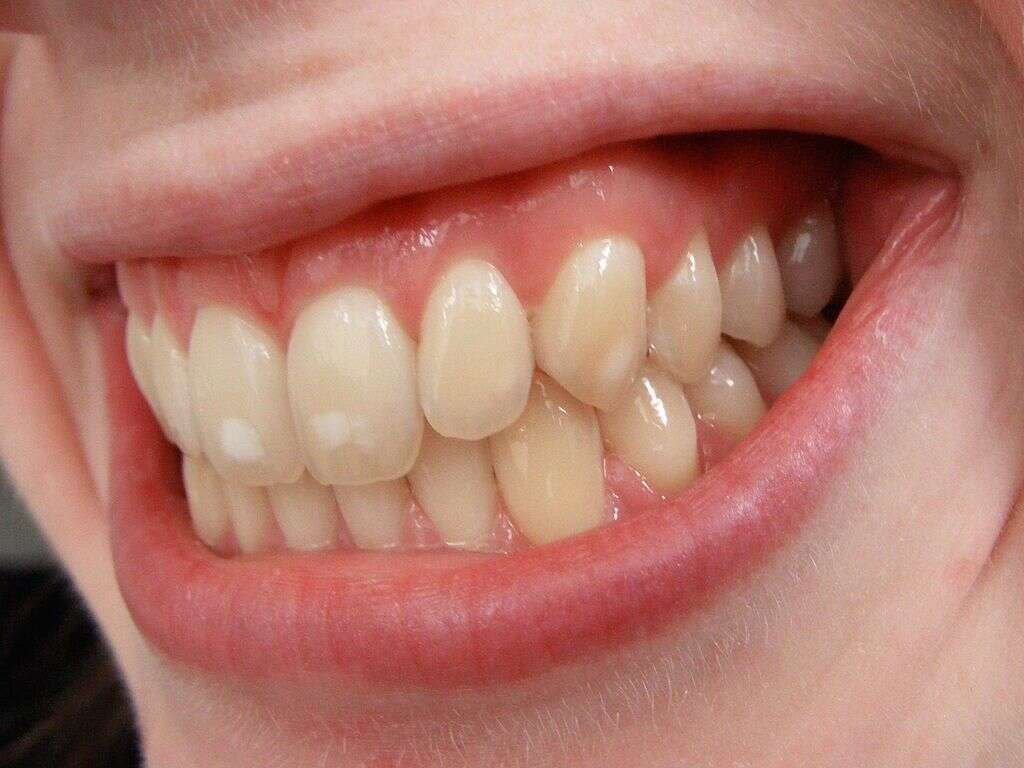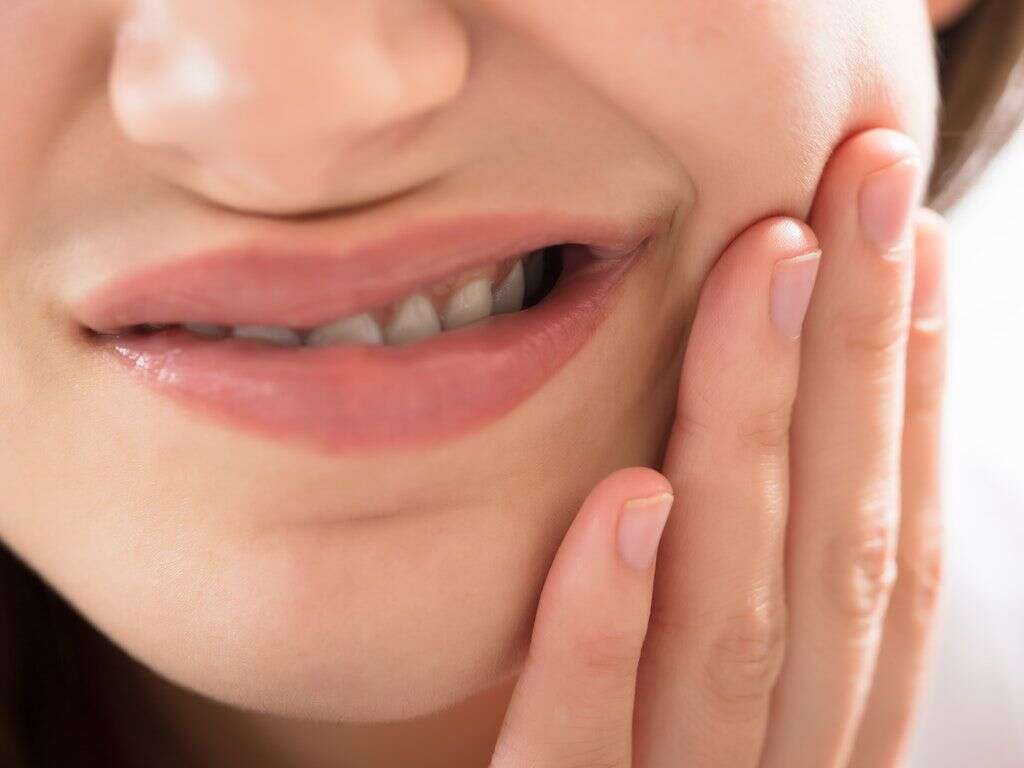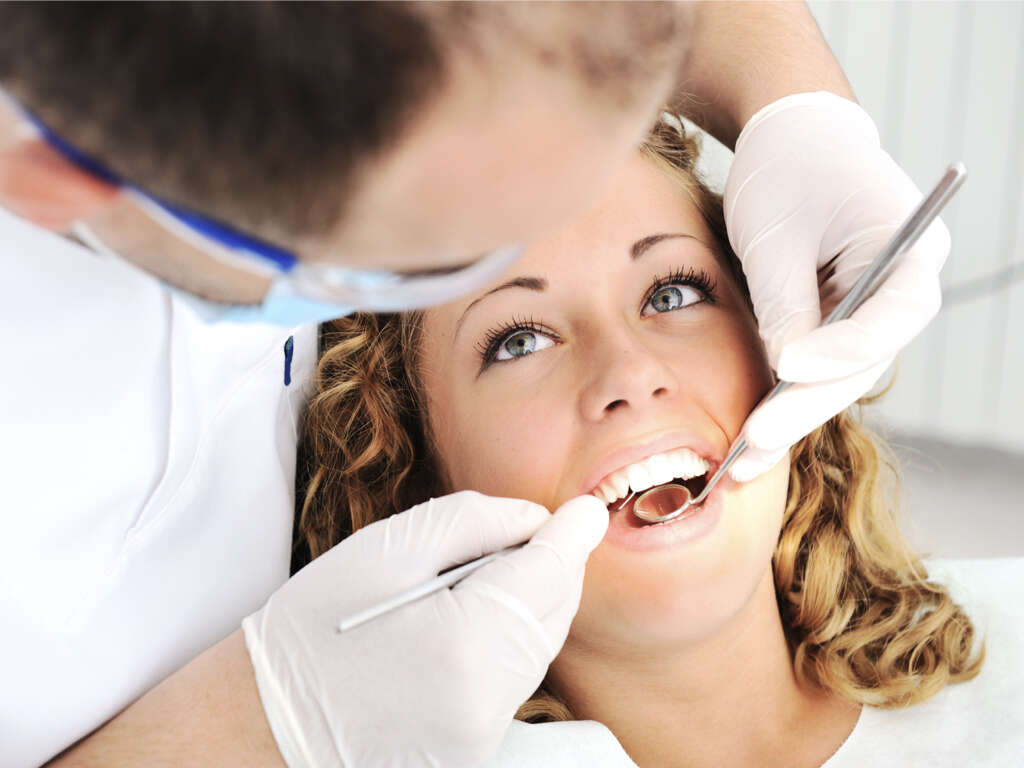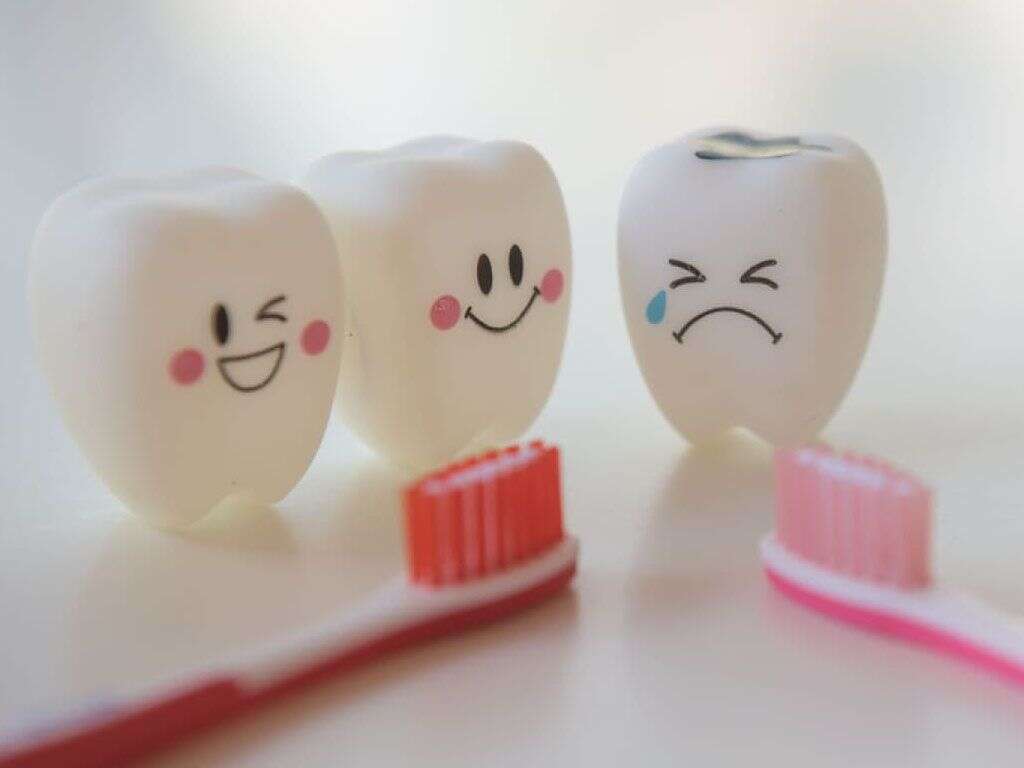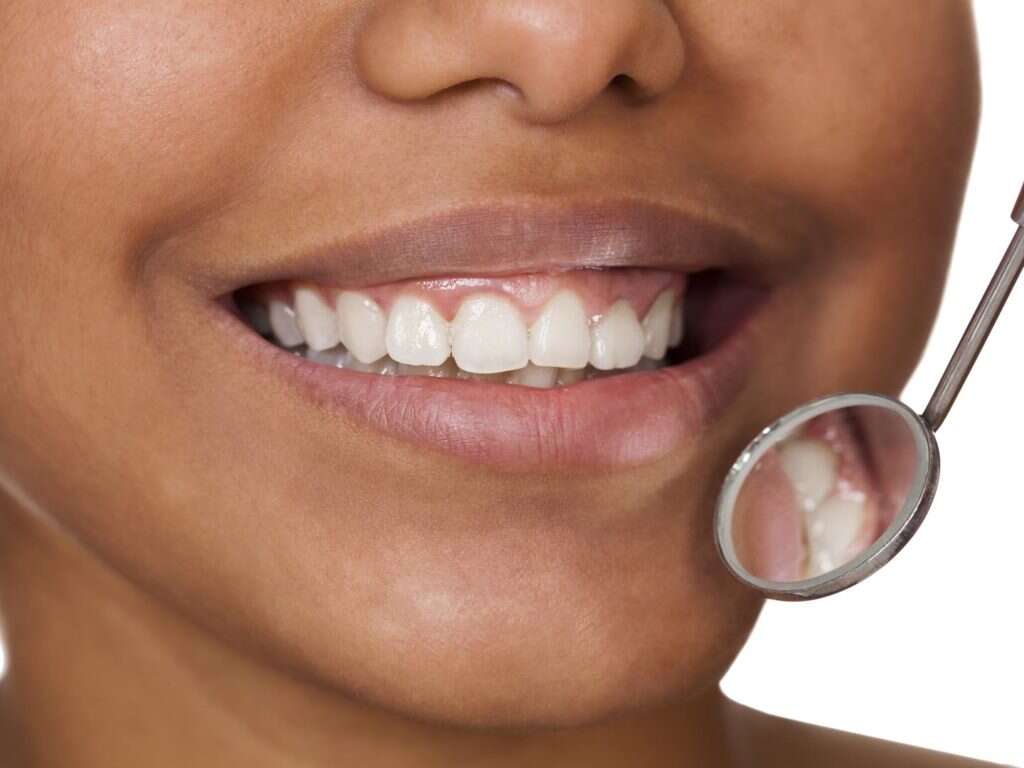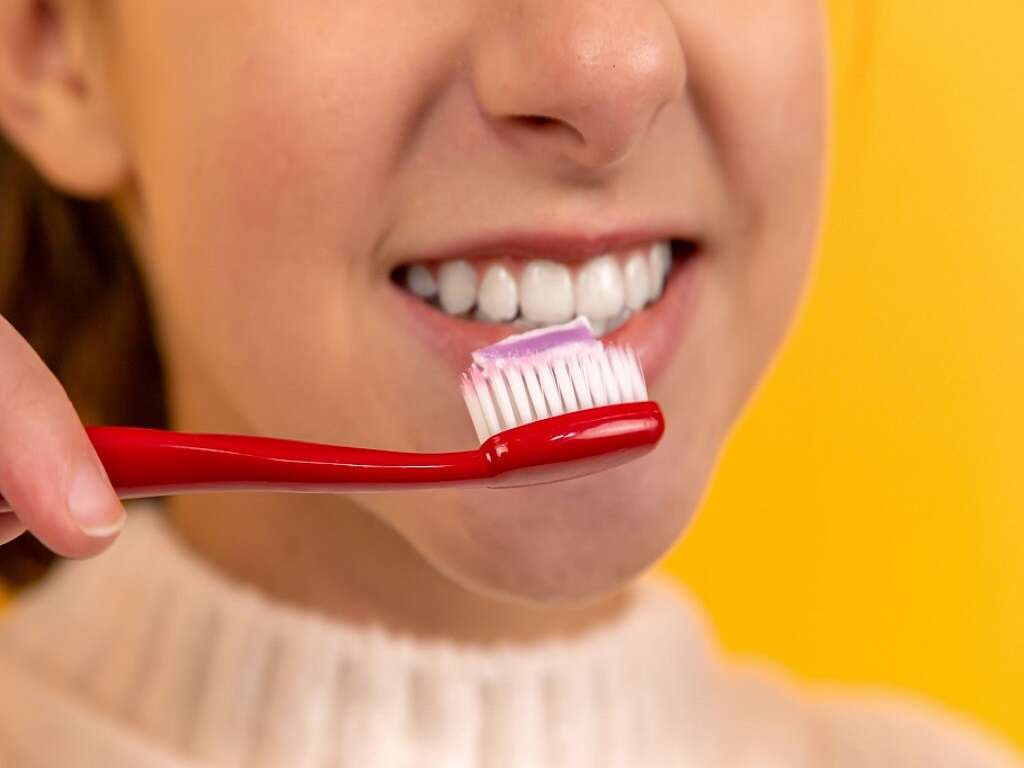10 Gingivitis Symptoms
Gingivitis is an inflammatory condition of the gums. The commonest form of gingivitis is due to bacterial biofilms or plaque attached to surfaces of the teeth. Gingivitis and periodontitis are closely related where periodontitis is often preceded by gingivitis. However, not all cases of gingivitis result in periodontitis. Periodontitis refers to inflammation of the gums that leads to tissue destruction and bone resorption in areas surrounding the affected area. Gingivitis can be reversed if there is good oral hygiene.
It can be classified based on the clinical appearance (necrotizing, ulcerative, purulent, or hemorrhagic), duration (acute or chronic), or etiology (hormonal, nutritional, plaque induced, drug induced, or infectious). The frequency for gingivitis is hard to determine as there is a lack of agreement regarding the criteria. There are many who believe that it begins in early childhood where 9 to 17 percent of those 9 to 11 years old have gingivitis. The prevalence increases to 70 to 90 percent at puberty.
Symptom #1: Pain
Pain is an unpleasant and distressing feeling due to damaging or intense stimuli. It is an experience that may result in potential damage physically or mentally. Pain is a sensation that causes the individual to withdraw from the situation causing pain as a method of protection and to avoid similar experiences in the future.
It is one of the most prominent symptoms in many conditions and can greatly impact a patient’s quality of life. In most cases, simple pain medication such as paracetamol (acetaminophen) or non-steroidal anti-inflammatory drugs (NSAIDs) can be enough to manage the pain.
Symptom #2: Swelling
Swelling or edema is considered to be one of the hallmarks of inflammation where there is an enlargement of the affected area and its surrounding tissues. The swelling is systematic if it involves the entire body and localized if it is confined to one specific part of the body.
It is a common response to inflammation and can be seen in infected wounds, insect bites or stings, injury, and more. It is often accompanied by other symptoms such as redness, pain, loss of function, and heat. In gingivitis, the swelling is often seen at the affected area and its surrounding tissues.
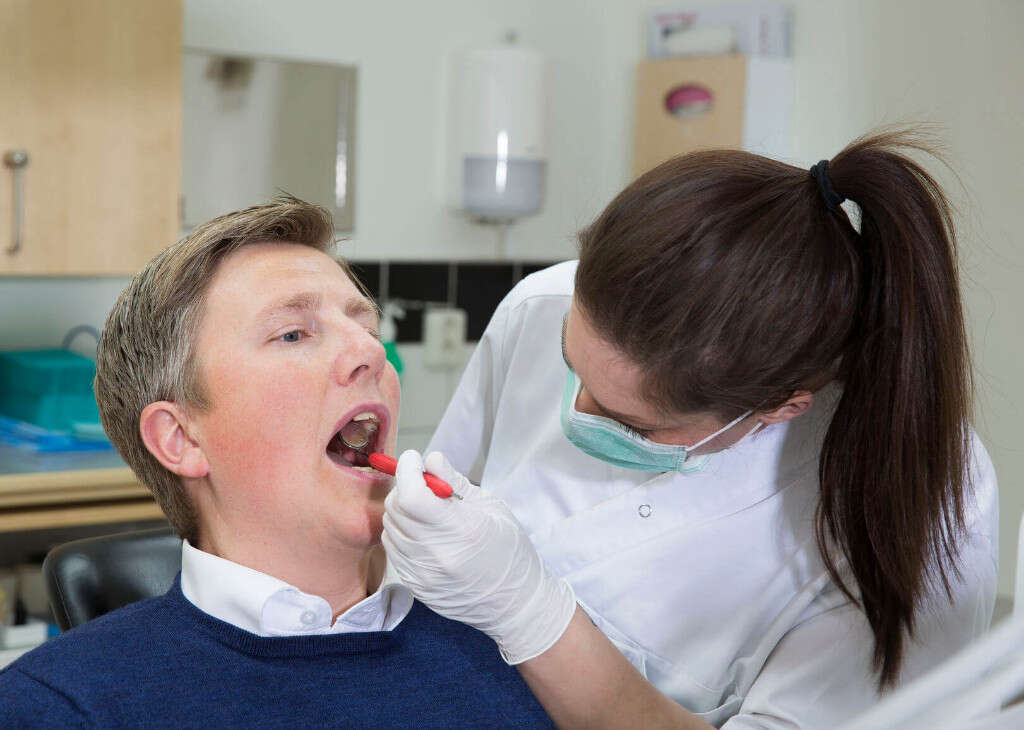
Symptom #3: Redness
Redness is a characteristic sign of inflammation often seen in infection and injury. Associated symptoms are pain, swelling, loss of function, and heat. A fever may also be present if it is an infection. An area with inflammation causes changes in the microcirculation resulting in exudation of fluid and emigration of leukocytes.
The increased blood flow to the area is the cause of redness. These are the body’s natural defenses in an attempt to remove the offending pathogen and initiate repair of damaged tissues.
Symptom #4: Warmth or Heat
Warmth or heat is a cardinal sign of inflammation along with pain, redness, swelling, and loss of function. Inflammation occurs as a response to injury or irritants, pathogen, and damaged cells. It is a process initiated by the body in an attempt to clear necrotic cells, initiate repair, and clear out pathogens.
Heat or warmth happens when the blood flow increases to the affected area. Internal inflammation does not usually cause an apparent increase in heat. In gingivitis, the area of the jaw surrounding the affected gums may feel warm to the touch.

Symptom #5: Loss of Function
Loss of function is the last addition to the five signs of inflammation. It is thought to be caused by a combination of factors. However, it may be primarily due to a defense mechanism where it prevents further use of the affected area to prevent further damage.
It is a feature that helps the affected area rest, so the body could heal faster.
Symptom #6: Swollen Lymph Nodes
Lymph nodes are part of the immune system that function to filter and trap pathogens. Swollen lymph nodes are often seen in infections, cancers, autoimmune diseases, and more. There are many white blood cells in the lymph nodes that help to fight off an infection.
Usually, the site of swollen lymph nodes corresponds with the drainage of lymphatic fluid of the area of inflammation. For example, an infected toe will result in swollen lymph nodes in the groin while an infected finger leads to swollen lymph nodes in the axillary. In gingivitis, the most commonly affected area are the lymph nodes in the neck.

Symptom #7: Fever
Fever or pyrexia is a common and non-specific symptom that is often seen in various condition such as infections (bacterial, viral, parasitic), deep vein thrombosis, vasculitis, cancer, and more. It occurs when the set point of the body temperature increases above the normal range.
This causes muscle contractions and the patient to feel cold. It results in greater efforts in heat production and conservation. Fever can be managed using antipyretics such as paracetamol (acetaminophen) and NSAIDs.
Symptom #8: Halitosis
Halitosis is a medical term that describes bad breath or an unpleasant odor. It is an important symptom as it can have a negative impact on the quality of life for patients resulting in anxiety and depression. Bad breath can be divided into genuine and non-genuine cases.
Genuine cases mean that the bad breath comes from inside the mouth and constitutes 85 percent of cases. Non-genuine cases are due to issues with the sinuses, nose, throat, esophagus, lungs, and stomach. In gingivitis, the infection can result in bad breath.
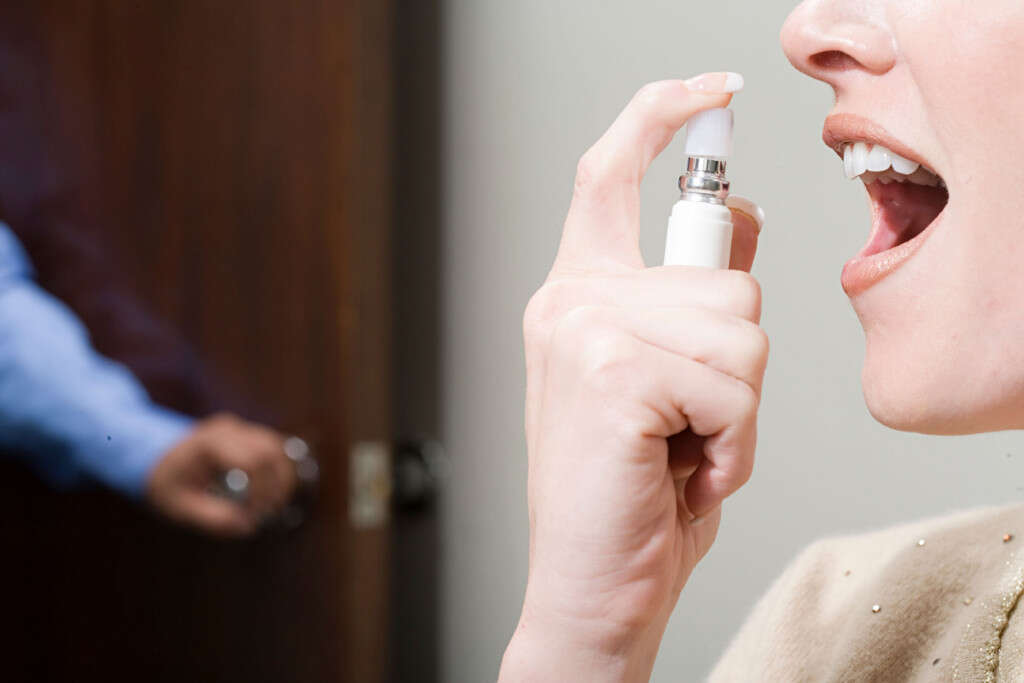
Symptom #9: Bleeding Gums
Bleeding gums are due to inadequate plaque removal. Germs can be found in plaque. These germs attack the gums causing irritation and inflammation. This results in bleeding when the individual brushes or flosses their teeth.
This is the first stage of gingivitis and does not usually have other symptoms. At this stage, it is still reversible, and patients should seek treatment to avoid further complications.
Symptom #10: Receding Gums
Receding gums occur when the gums surrounding the teeth pull back to expose more of the tooth. This opens up “pockets” or “gaps” between the gums and teeth making it easier for bacteria to build up.
This may result in damage of supporting tissue and bone structures if left untreated. Receding gums is often accompanied by tooth sensitivity. Receding gums can occur because of periodontal diseases, hormonal changes, and insufficient dental care.



